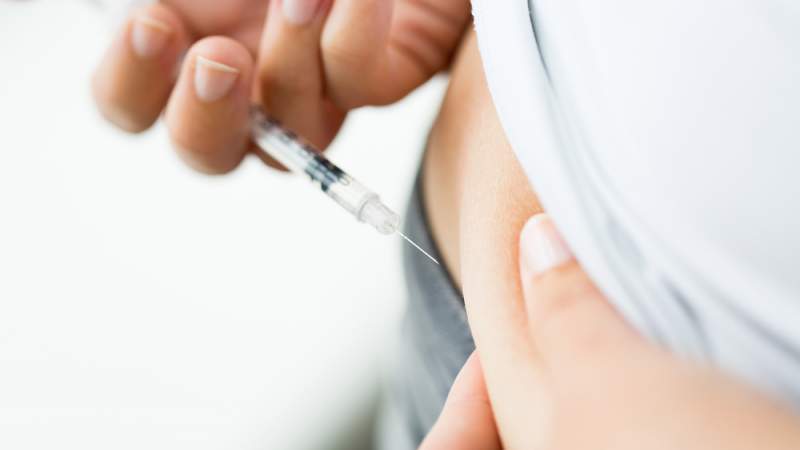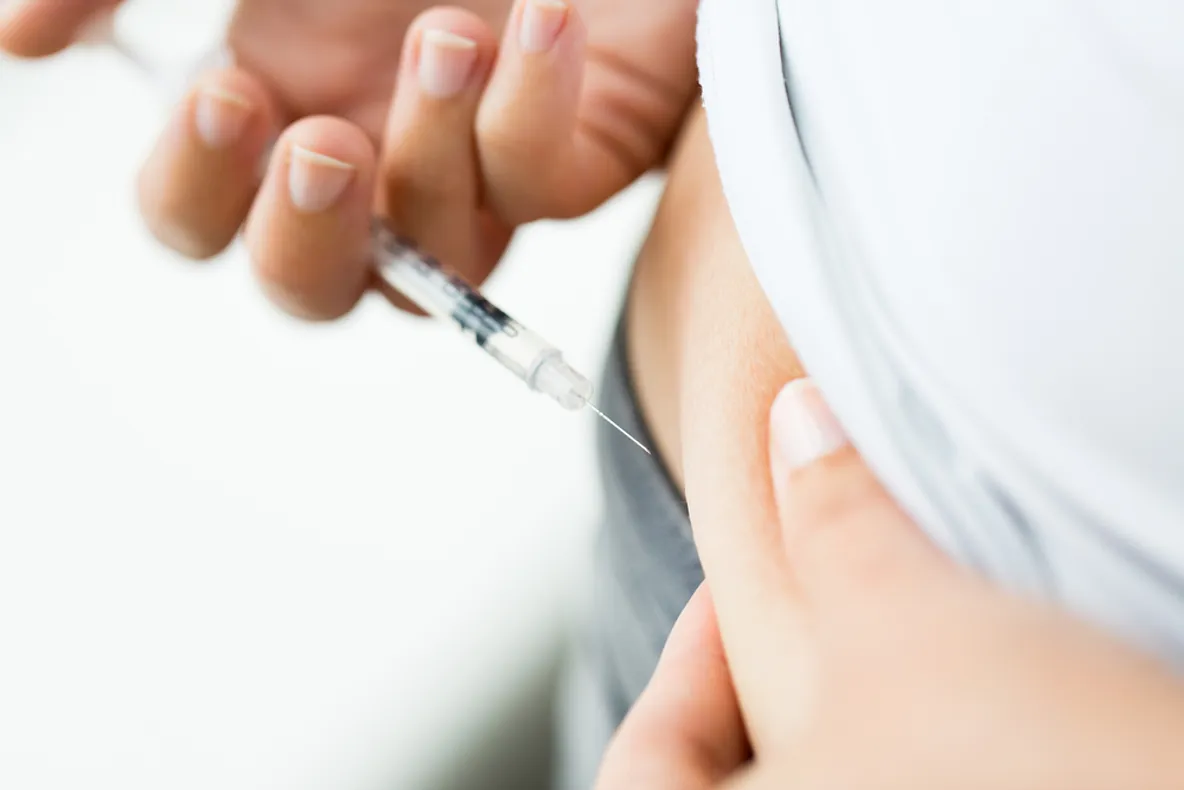Type 2 diabetes is one of the most common diseases, but it’s also one of the most treatable and most manageable diseases. Find out what diabetes is and how to manage it below:
What Is It?
Type 2 diabetes is defined as a chronic condition that changes the way the body metabolizes glucose or sugar, which is a vital source of energy for the body.
With this condition, your body will reject insulin or not secrete enough of it to maintain regular glucose levels. Insulin is a hormone that regulates the movement of sugar into the body’s cells. If your body doesn’t have this proper movement, then all of your organs will slowly shut down. Fortunately, there are many management and treatment options for type 2 diabetes. These options include:
- Exercise
- A healthy diet
- Blood sugar monitoring
- The latest diabetes treatment medications
- Insulin therapy
Exercise as a Treatment
Aerobic exercise is beneficial to everyone, especially those with diabetes. The only difference is that if you have diabetes, then you must get your doctor’s permission before starting an exercise program. Once you have this permission, then you can start implementing activities like bicycling, swimming and walking into your daily routine.
These are activities that are enjoyable, just light enough to be safe, just strenuous enough to be exercise, and just convenient enough to be easily integrated into a normal daily routine. Ideally, aerobic exercise should be performed for at least 30 minutes a day for at least five days a week. If you’re used to a sedentary lifestyle, then start with a light exercise schedule and routine, then gradually build to something more strenuous. Just remember that strength and stretching training are always important, and must be integrated into a routine as well.
An effective way to control blood sugar is to combine exercises. For instance, combining aerobic exercises, like dancing or walking at least four days a week with resistance training, like yoga or weightlifting at least two days a week.
Exercise is sure to lower blood sugar, but glucose levels should always be checked before you perform any activity. If your blood sugar levels are too low, you should eat a snack before engaging in your activity, especially if you’re on insulin therapy or take any medications.
Changes in Diet as a Treatment
There isn’t actually a specific diet designed for type 2 diabetes. However, there are certain dietary restrictions and recommendations, such as centering a diet on foods that are low in fat and high in fiber. The high fiber, low-fat foods include vegetables, fruits, and whole grains. Here’s a brief guide that will aid you in making smart food choices:
Good Foods for Diabetics
Dark Chocolate
Dark chocolate is filled with flavonoids. These flavonoids not only lower blood sugar, but they also improve insulin sensitivity. Additionally, flavonoids can lower your blood pressure and reduce your risk of a stroke.
Leafy greens
Leafy greens, such as kale, are considered superfoods. Leafy greens help reduce inflammation, which makes it easier to control blood sugar. They can also reduce the risk of heart disease. Diabetics are at a greater risk for developing heart disease.
Oatmeal
Oatmeal is typically not the first thing that comes to mind when people think about superfoods. However, oatmeal has a number of benefits. Oatmeal is high in magnesium, which helps the body use insulin and glucose properly. It is also a great source of fiber, which is essential for controlling blood sugar.
Beans
Beans are another great source of fiber. Navy beans and black beans are one of the best sources of fiber. One serving of navy beans has 2.2 grams of soluble fiber per serving. Navy beans have 2.4 grams of soluble fiber per serving.
Beans are also high in protein. Studies have shown that increasing protein intake can make it easier for diabetics to control their blood sugar.
Fish
Fish is a great source of protein and omega 3 fatty acids. Studies have shown that omega 3 fatty acids can lower inflammation. Weight gain and poor blood sugar control are linked to inflammation. Omega 3 fatty acids can also reduce the risk of heart disease.
Keep in mind that fried fish is high in saturated fat. That is why you should eat broiled or baked fish.
Blueberries
Contrary to popular belief, you can still consume fruits if you are a diabetic. Blueberries are one of the healthiest foods you can eat. There was a study done by the United States Dietary Association that examined the effects that blueberries had on blood sugar. The results of the study showed that people who consumed a 1/2 cup of blueberry juice every day for 12 weeks were able to lower their blood sugar. They were also able to boost their mood.
Foods Diabetics Should Avoid
Nachos
Nachos are a popular appetizer at many restaurants. However, you should avoid them because they are high in carbohydrates, calories and fat. In fact, some nachos have over 800 calories per serving.
Cinnamon Rolls
Cinnamon rolls are high in carbohydrates and sugar. The American Diabetes Association recommends that diabetics get 45 to 60 grams of carbohydrates per meal. However, one cinnamon roll may have more carbohydrates than a meal! Best to stay away.
French Fries
Although many restaurants serve trans fat-free fries, they are still not a good choice. They are high in saturated fat and sodium.
Fried Chicken
Even though fried chicken is a great source of protein, it is still not good for you to eat. It is high in calories, saturated fat and sodium.
White Flour
Anything that is made with white flour is not good for a diabetic. This includes things such as white rice, white pasta and white bread. White flour is converted into sugar after it is digested.
Monitoring Blood Sugar Levels as a Treatment
Monitoring blood sugar levels will depend on what sort of treatment plan you’ve been prescribed. Those on insulin therapy will always have to check and record their blood sugar levels multiple times per day. If you’re not on any medication, then you only have to check your blood sugar levels about once a week.
However, traditionally, your doctor will tell you how often they want you to check your levels. This is because blood sugar levels have a tendency to fluctuate and be unpredictable. Levels can change in response to exercise, alcohol, medication, illness, or certain foods that you eat, so you’ll have to do your due diligence and learn how specific things will affect your glucose levels. No matter what treatment plan you’re on, close monitoring of your blood glucose level is the only way to keep it within a safe and healthy range.
Medication as a Treatment
Exercise and diet alone may be enough to control type 2 diabetes in some people, but most people with diabetes will need some form of insulin therapy or diabetic medication. Whether or not insulin therapy or medication will be prescribed depends on several factors, including:
- How high your current blood sugar level is
- Whether or not you have an pre-existing health issues
If it’s found that you can benefit from insulin therapy or medication, then your doctor might prescribe a combination of the latest diabetes treatment medications. This is because different drugs from different classes have their own benefits towards controlling blood glucose levels. There are many diabetic medications on the market; some of the most notable and popular ones are:
Meglitinides
Meglitinides are fast-acting drugs that stimulate the pancreas into secreting more insulin. They may be fast-acting, but they work for shorter periods of time. The risk of a low blood sugar level and weight gain are side effects of these medications. Examples of this class of medications include nateglinide (Starlix) and repaglinide (Prandin).
Sulfonylureas
This is another class of drugs that helps the pancreas produce more insulin. It also may cause weight gain and a low blood sugar levels. Examples of these drugs are: glimepiride (Amaryl), glyburide (DiaBeta, Glynase), and glipizide(Glucotrol).
Thiazolidinediones
Thiazolidinediones work by making the tissues in your body more sensitive to insulin. However, severe side effects, such as an increased risk of fractures and heart failure make it a much less popular choice of medication. Weight gain is another less serious side effect of these medications. Examples of these drugs include, pioglitazone (Actos) and Rosiglitazone (Avandia).
Metformin
This is the first medication you’ll be prescribed after a type 2 diabetes diagnosis. It also makes the tissues in your body more sensitive to insulin, thus allowing your body to use the insulin more efficiently. Glucose production in the liver is also lowered by this medication.
However, Metformin is not effective at lowering blood glucose by itself, so diet and exercise and insulin injections may be prescribed alongside this medication. The side effects of Metformin include diarrhea and nausea that actually subside once your body becomes accustomed to the medication. Glumetza, Riomet, Glucophage, and Fortamet are all examples of Metformin.
GLP-1 receptor agonists
Blood sugar levels are also lowered by this class of drugs. However, unlike the other medications, GLP-1 receptor agonists facilitate weight loss. Side effects of these drugs include an increased risk of pancreatitis and nausea. Examples of these medications include liraglutide (Victoza) and Exenatide (Byetta).
DPP-4 inhibitors
These drugs reduce blood glucose levels, but have a modest effect on your body. Examples of DPP-4 inhibitors sitagliptin (Januvia), linagliptin (Tradjenta), and saxagliptin (Onglyza).
SGLT2 inhibitors
SGLT2 inhibitors are one of the latest type 2 diabetes treatment options. They effectively prevent your kidneys from reabsorbing sugar in your blood, and excrete it into the urine instead. The side effects of these drugs include, urinary tract infections, yeast infections, hypotension, and increased urination.
Insulin Therapy as a Treatment
Insulin therapy may be prescribed to many people diagnosed with type 2 diabetes. Before, it was only prescribed as a last resort, now that the benefits are better known, it’s prescribed sooner rather than later. Insulin must be injected because digestion interferes with oral insulin.
If you’re given insulin, then you may be prescribed a mixture of insulin types to inject daily and nightly. But, most patients start with one long-acting shot taken nightly. A mixture will be prescribed because many different types of insulin are available, such as:
- Insulin lispro (Humalog)
- Insulin glulisine (Apidra)
- Insulin glargine (Lantus)
- Insulin isophane (Humulin N, Novolin N)
- Insulin aspart (Novolog)
- Insulin detemir (Levemir)

